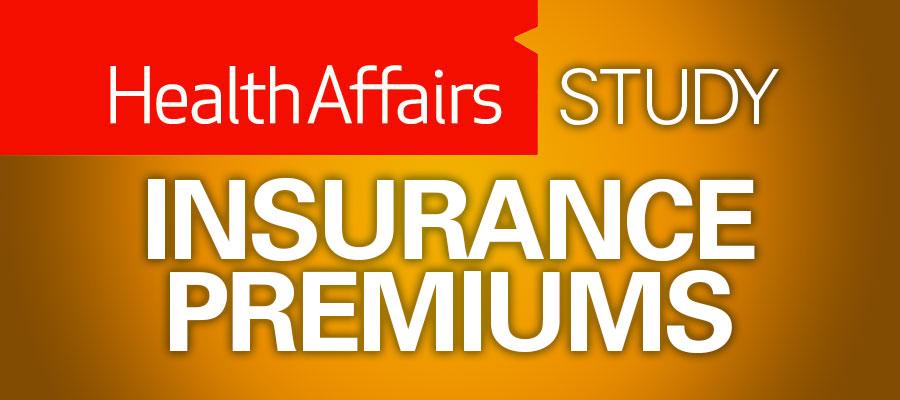Study: Exchange Premiums 50% Higher in Areas with Only One Insurer

2018 premiums in the federally-facilitated health insurance exchanges were an average 50% higher in areas with only one insurer and 21% higher in areas with only two insurers, according to a study reported today in Health Affairs. The study explores three potential theories about why exchange premiums are higher in some areas than in others (enrollee health, provider market power, and insurer market power), and concludes that “insurer monopoly is the most important predictor of premium levels and growth rates.” More than four in 10 rating areas in the 2018 exchanges had monopolist insurers and 22% of plan enrollees had only one insurance option during the last open enrollment period, the study found. “This study debunks any notion that higher health insurance premiums are easily attributable to provider concentration,” said AHA General Counsel Melinda Hatton.

